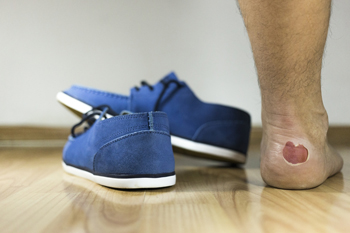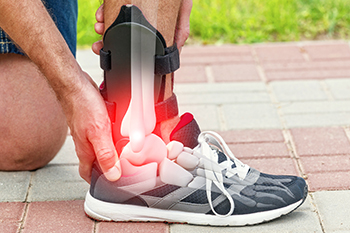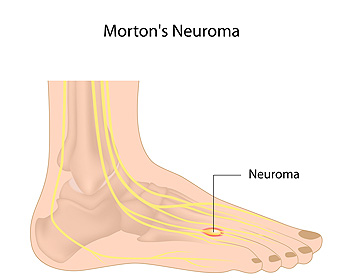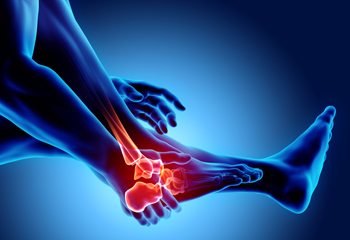
A friction blister is a repetitive injury, usually the result of doing a motion that threatens the skin. Feet and toes are among the most common sites for friction blisters. Pressure, friction, and damp or moist skin create the prime environment for a friction blister formation. For instance, a runner or hiker wearing new or stiff shoes but no moisture-wicking socks may be at risk. These factors may result in the separation of skin layers, causing a plasma-like fluid to build up under the top layer in an effort to protect those beneath it. What you will see is a bubble-like formation on the skin. The normal reaction is to pop it and drain the fluid, but that action could lead to more pain and possible infection. The fluid bubble is considered sterile, and experts recommend leaving it alone. Blisters will usually go away on their own if you cease the harming action. A protective, donut-shaped pad, to protect the site, may help. However, if the friction blister site becomes red and swollen, and emits an odor, it may be infected. In that case, it is wise to consult a podiatrist as soon as possible for treatment.
Blisters may appear as a single bubble or in a cluster. They can cause a lot of pain and may be filled with pus, blood, or watery serum. If your feet are hurting, contact one of our podiatrists of Illinois . Our doctors can provide the care you need to keep you pain-free and on your feet.
Foot Blisters
Foot blisters are often the result of friction. This happens due to the constant rubbing from shoes, which can lead to pain.
What Are Foot Blisters?
A foot blister is a small fluid-filled pocket that forms on the upper-most layer of the skin. Blisters are filled with clear fluid and can lead to blood drainage or pus if the area becomes infected.
Symptoms
(Blister symptoms may vary depending on what is causing them)
- Bubble of skin filled with fluid
- Redness
- Moderate to severe pain
- Itching
Prevention & Treatment
In order to prevent blisters, you should be sure to wear comfortable shoes with socks that cushion your feet and absorb sweat. Breaking a blister open may increase your chances of developing an infection. However, if your blister breaks, you should wash the area with soap and water immediately and then apply a bandage to the affected area. If your blisters cause severe pain it is important that you call your podiatrist right away.
If you have any questions, please feel free to contact our offices located in Wheeling and Berwyn, IL . We offer the newest diagnostic and treatment technologies for all your foot care needs.




